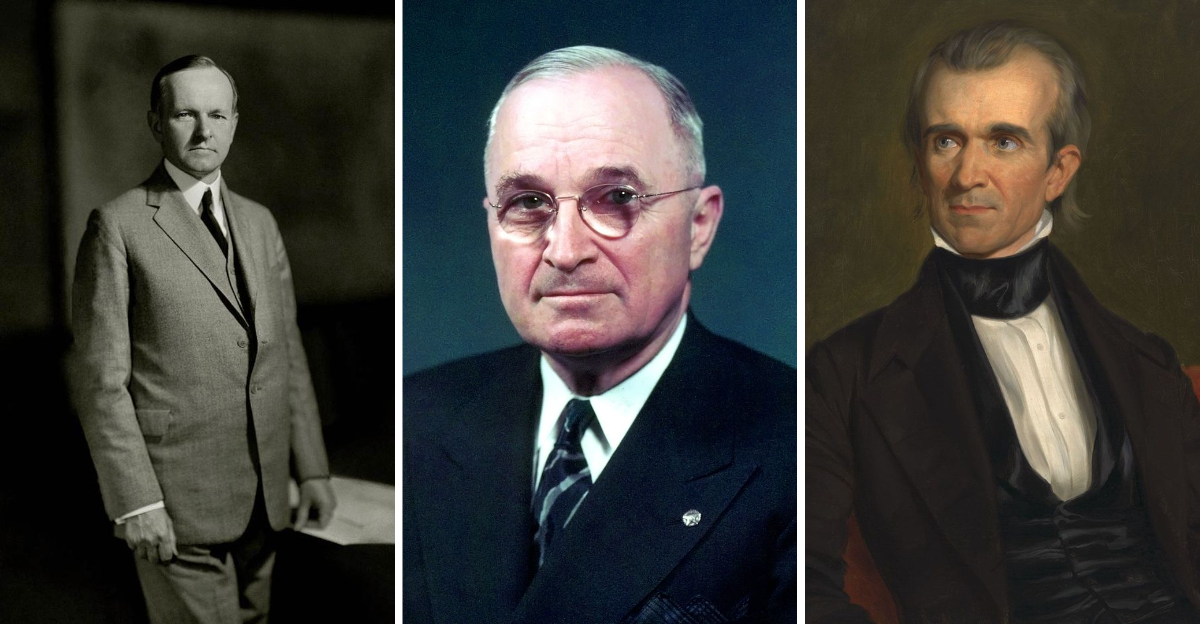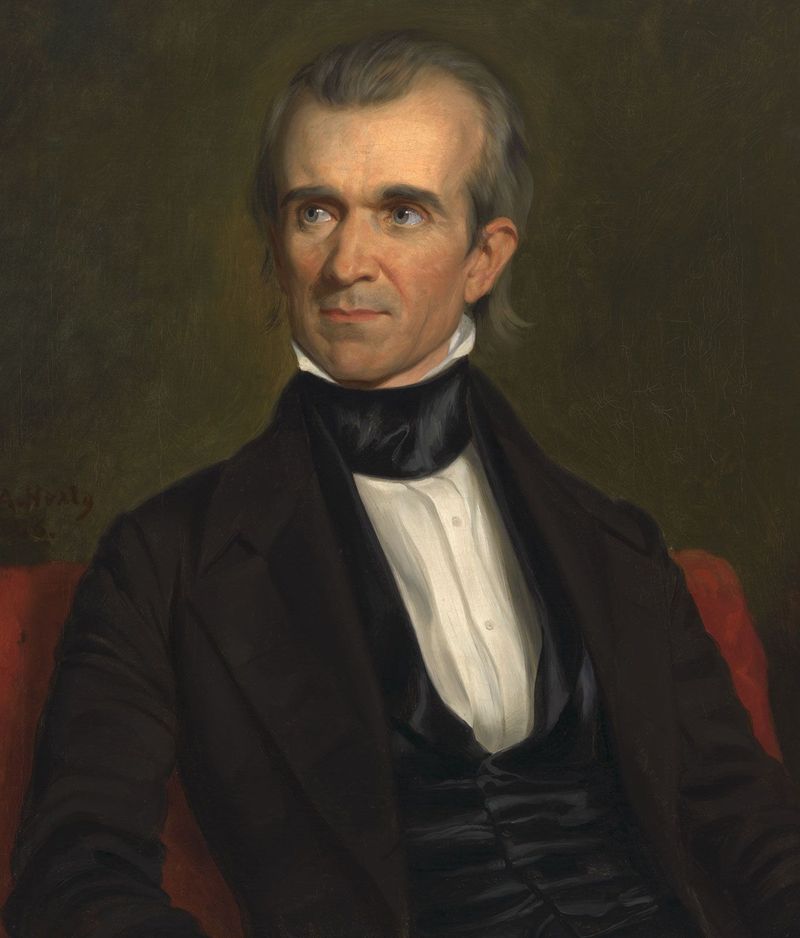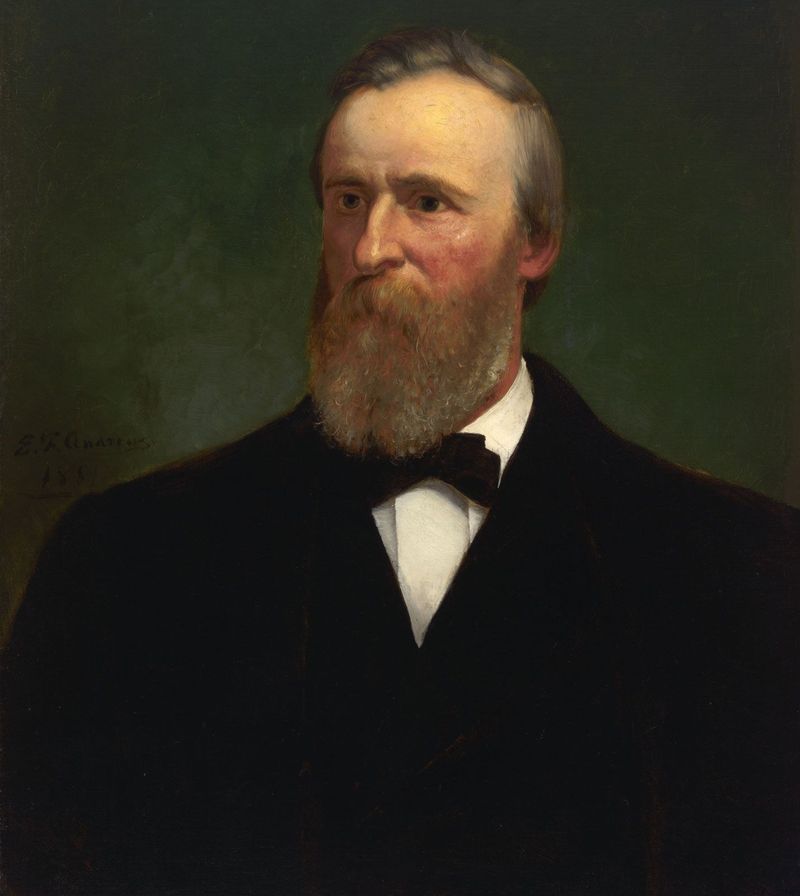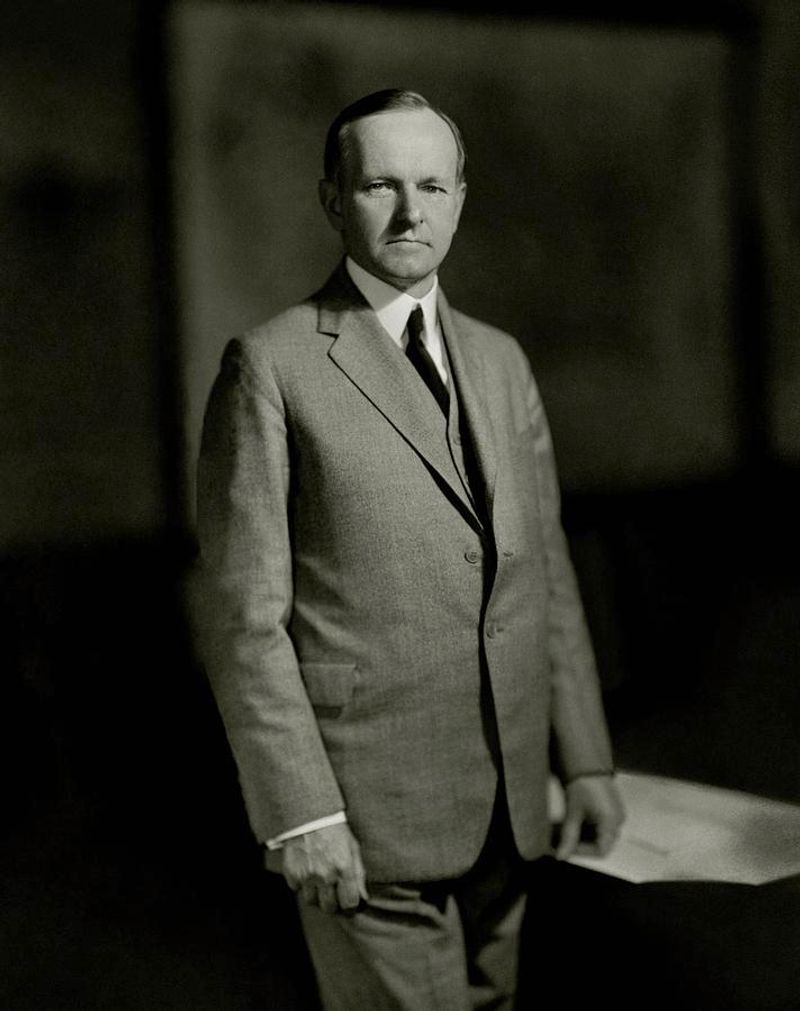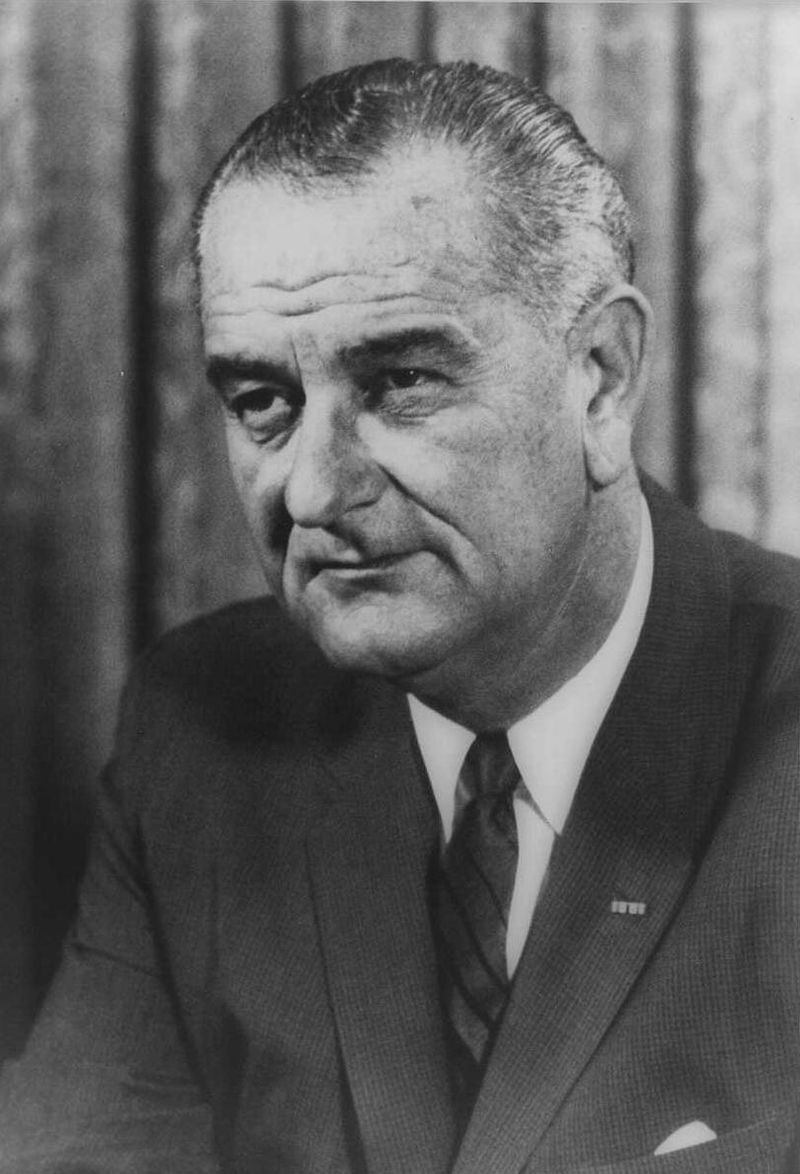In the annals of American history, the presidency is often viewed as the pinnacle of political achievement. Yet, some leaders chose not to seek the power that comes with a second term.
These six U.S. Presidents walked away, each for unique reasons, setting them apart in the tapestry of leadership.
From keeping campaign promises to responding to national discord, their decisions offer a fascinating glimpse into personal integrity and political strategy.
1. James K. Polk
James K. Polk, the 11th President, was a man of his word. Promising only one term during his campaign, he set out with a clear agenda of territorial expansion. His presidency saw the vast growth in U.S. territory, achieving what he set out to do.
Polk’s determination was unwavering, and upon fulfilling his goals, he chose not to seek re-election.
This decision marked a rare adherence to campaign promises and solidified his legacy as a goal-focused leader. Did you know? Polk is credited with the addition of Oregon Territory and the American Southwest.
2. James Buchanan
In the stormy years leading to the Civil War, James Buchanan, the 15th President, found himself at a crossroads. With tensions over slavery bubbling over, his presidency faced unrelenting challenges.
While he did not formally decline re-election until late, Buchanan’s heart was heavy with the nation’s divisions. His decision not to run again was a response to both personal disillusionment and public dissatisfaction.
Interestingly, Buchanan’s presidency is often criticized for inaction, yet his withdrawal underscored the profound turmoil of the era.
3. Rutherford B. Hayes
Rutherford B. Hayes, the 19th President, entered office through a contentious election compromise. Like Polk before him, Hayes had pledged to serve only a single term.
His presidency focused on reconciliation after the Civil War, striving for national healing. By choosing not to seek re-election, Hayes stayed true to his word, emphasizing the importance of integrity.
His decision reflected the political climate and the need for a stable transition. Did you know? Hayes was known for ending the Reconstruction era in the South.
4. Calvin Coolidge
Calvin Coolidge, rising to the presidency after Harding’s death, brought a quiet strength to the office. Winning the next election in his own right, Coolidge was known for his succinct communication style.
In 1928, he famously stated, “I do not choose to run for president,” reflecting his belief in limited government intervention.
His choice to step aside after a successful term showcased his pragmatic approach to leadership. Fun fact: Coolidge was the first president to address the nation via radio.
5. Harry S. Truman
The 33rd President, Harry S. Truman, took the helm during a pivotal time. After the death of FDR, Truman faced the staggering challenges of post-WWII recovery.
Despite being eligible for another term, he chose not to run in 1952, amid dwindling popularity due to the Korean War and domestic controversies.
Truman’s decision reflected both the political climate and his own weariness. Did you know? Truman’s presidency saw the start of the Cold War and the establishment of NATO.
6. Lyndon B. Johnson
Lyndon B. Johnson, thrust into leadership after JFK’s assassination, won a landslide victory in 1964. Despite his initial success, his presidency became overshadowed by the Vietnam War.
In a surprising move, he announced in 1968 that he would not seek another term, citing political unrest and health concerns.
Johnson’s decision highlighted the era’s turbulent nature and his own personal struggles. Intriguingly, his presidency left a legacy of significant social reforms, including the Civil Rights Act.
